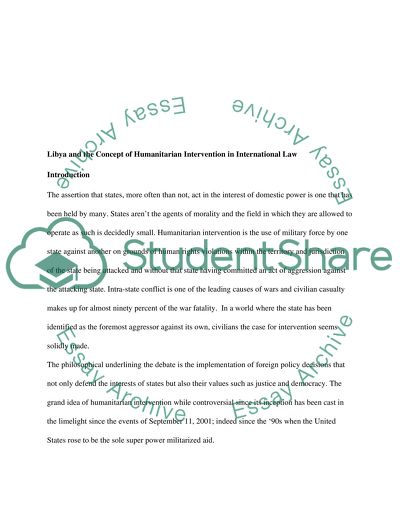Cite this document
(“Public International Law Essay Example | Topics and Well Written Essays - 2750 words”, n.d.)
Retrieved de https://studentshare.org/law/1392629-public-international-law
Retrieved de https://studentshare.org/law/1392629-public-international-law
(Public International Law Essay Example | Topics and Well Written Essays - 2750 Words)
https://studentshare.org/law/1392629-public-international-law.
https://studentshare.org/law/1392629-public-international-law.
“Public International Law Essay Example | Topics and Well Written Essays - 2750 Words”, n.d. https://studentshare.org/law/1392629-public-international-law.


